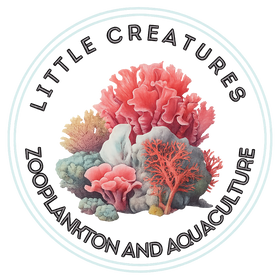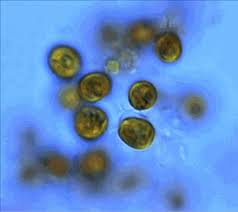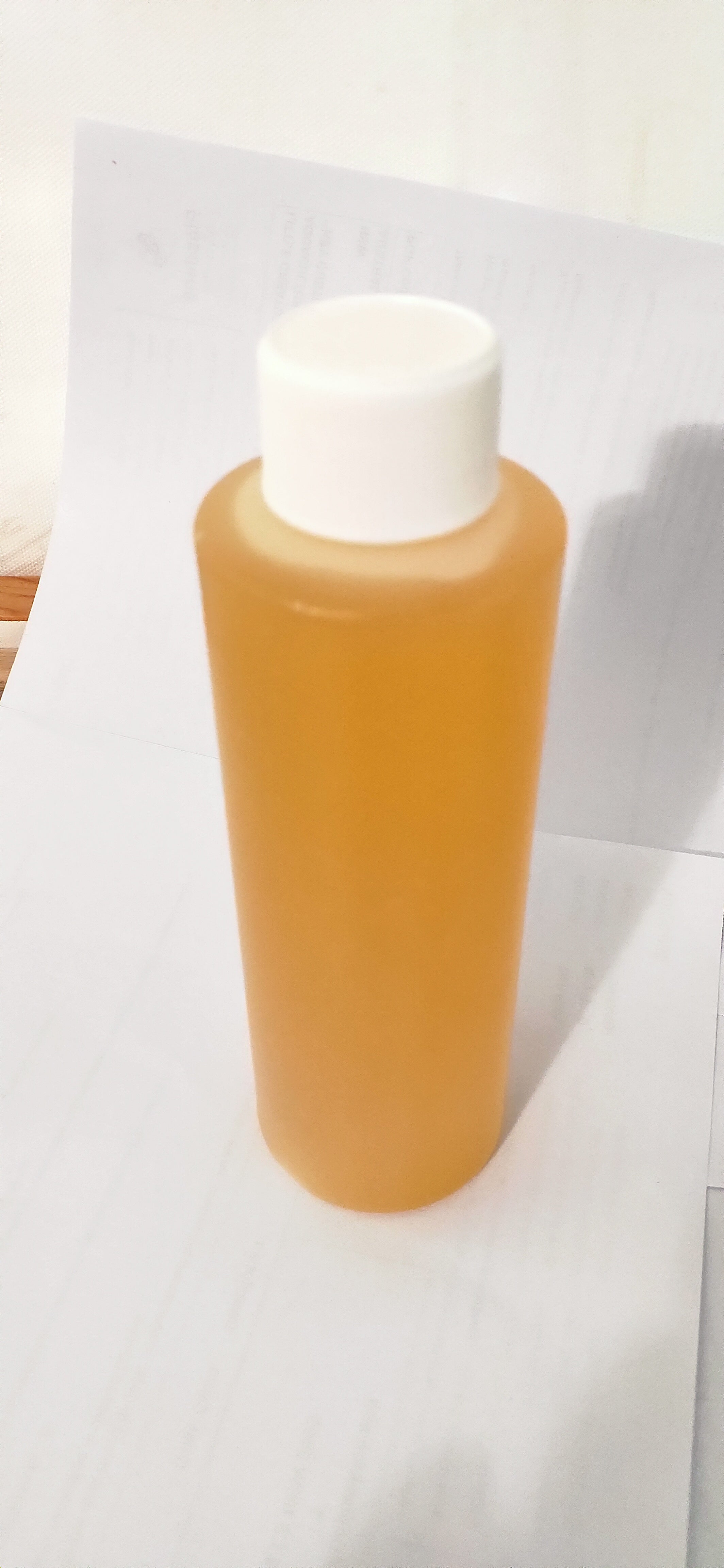Description
Tisochrysis lutea is a highly nutritious microalga widely used in aquaria and aquaculture, valued for its rich lipid profile and beneficial effects on marine ecosystems. Here’s how it contributes to aquatic environments and how you can cultivate it:
Uses in Aquaria
- Nutritional Benefits: Tisochrysis lutea is packed with docosahexaenoic acid (DHA) and eicosapentaenoic acid (EPA), essential omega-3 fatty acids that support marine life.
- Enhanced Feed for Marine Organisms: It is commonly used to gut-load rotifers and copepods, improving their nutritional value for fish and invertebrates.
- Improved Larval Development: This microalga is a preferred feed for shrimp and oyster larvae, promoting healthy growth and survival rates.
- Pigment Enhancement: Contains fucoxanthin, a natural pigment that enhances coloration in corals and filter-feeding invertebrates.
Cultivation Tips
- Nutrient Optimization: Adjusting nitrogen and phosphorus levels can enhance growth and lipid production.
- Light Conditions: Moderate light intensity and photoperiod control help maintain healthy cultures.
- Culture Media Preparation: Using sterile seawater and proper aeration ensures optimal growth.
- Growth Monitoring: Regularly checking cell density and nutrient levels helps track culture health.
- Scale-Up Strategies: Large-scale cultivation requires CO₂ supplementation and nutrient adjustments to maximize biomass productivity.
How to Grow Tisochrysis lutea Using F/2 Guillard’s Fertilizer
Tisochrysis lutea is a haptophyte microalgae known for its high DHA (docosahexaenoic acid) content, making it valuable for aquaculture feed and marine larval nutrition. Culturing it with F/2 Guillard’s Fertilizer ensures optimal growth and nutrient enrichment.
Materials Needed:
- Culture Vessel (Clear plastic or glass container)
- Freshly Mixed Saltwater (Salinity: 1.018 - 1.022 SG)
- Live Tisochrysis lutea Starter Culture
- F/2 Guillard’s Fertilizer
- Unscented Household Bleach (7.5% Sodium Hypochlorite)
- Sodium Thiosulfate (Chlorine Neutralizer)
- Air Pump & Airline Tubing (For aeration)
- LED Grow Light (12-24 hour photoperiod)
- Sterilization Supplies (Hot water, isopropyl alcohol)
Step-by-Step Culturing Process:
-
Sterilize the Culture Vessel:
- Wash with hot water and isopropyl alcohol to remove contaminants.
-
Chemically Sterilize the Water:
- Use RO (reverse osmosis) or filtered seawater.
- Add 0.14 mL of bleach per liter of water (~2.5 ppm concentration).
- Let sit for 30 minutes to kill bacteria and competing algae.
- Neutralize with sodium thiosulfate (1 drop per liter).
- Aerate for several hours and test for chlorine before use.
-
Prepare Saltwater:
- Adjust salinity to 1.018 - 1.022 SG.
-
Add Tisochrysis lutea Starter Culture:
- Use a 1:3 ratio of microalgae culture to saltwater.
-
Add F/2 Guillard’s Fertilizer:
- Apply 1 ml per liter of culture volume.
-
Provide Aeration:
- Insert airline tubing and aerate gently to keep nutrients evenly distributed.
-
Set Up Lighting:
- Use an LED grow light with a 12-24 hour photoperiod.
-
Monitor Growth & Harvest:
- Ready for harvest in 5-7 days.
- If color fades, add F/2 fertilizer as needed.
-
Continuous Cultivation & Storage:
- Tisochrysis lutea must be grown continuously through regular sub-culturing every 2-3 weeks to maintain viability.
- Store excess microalgae culture at room temperature under low light if not immediately used.
- Refrigeration is not suitable for restarting cultures, so fresh medium should be prepared for ongoing growth cycles.
By following these steps, you can successfully culture Tisochrysis lutea for aquaculture, biofuel research, and marine ecosystems.
You may also like
Recently viewed
The tiso starter arrived in excellent condition, and is growing well.
The tiso starter arrived in excellent condition, and is growing well.
The tiso starter arrived in excellent condition, and is growing well.


